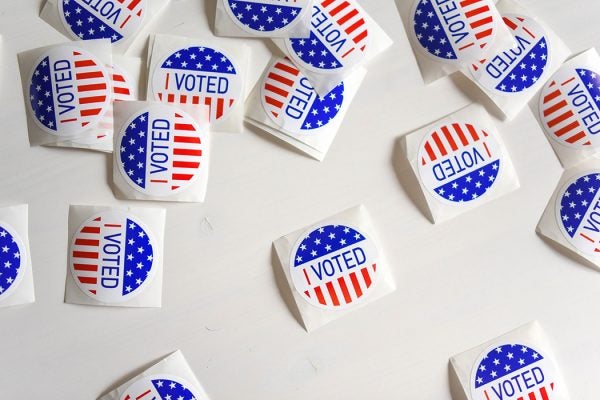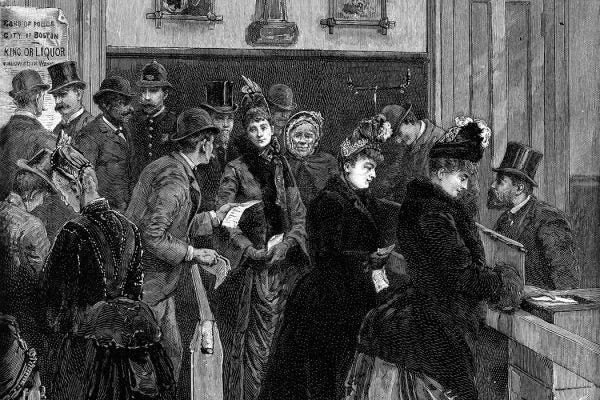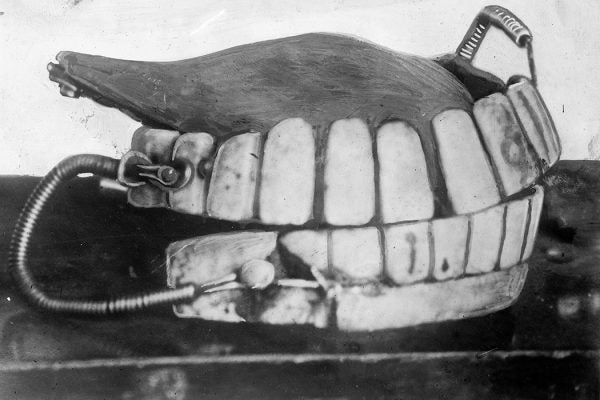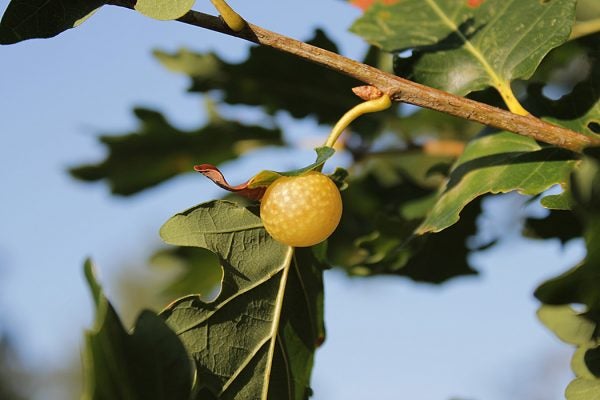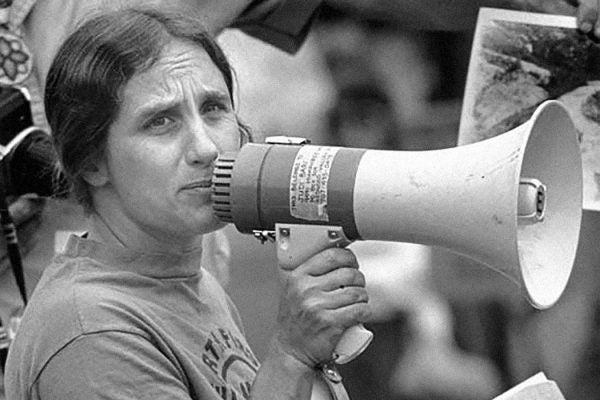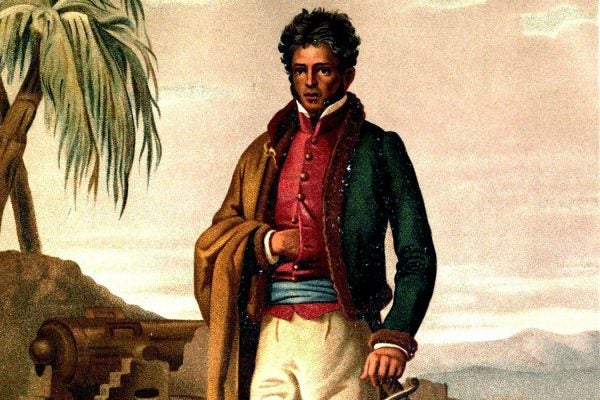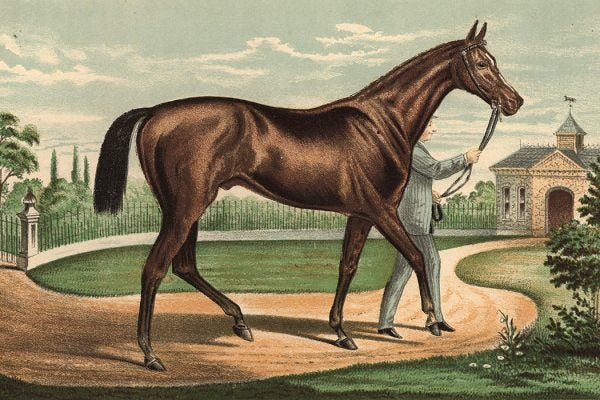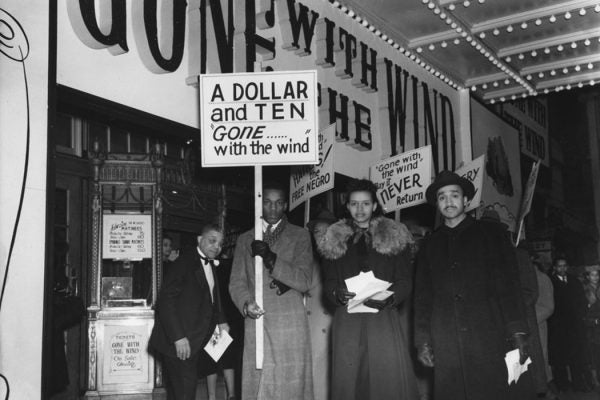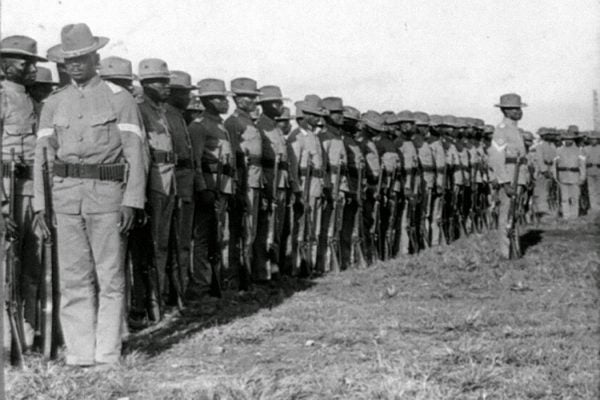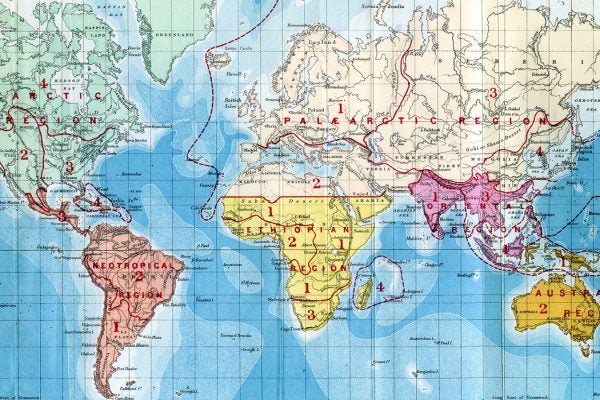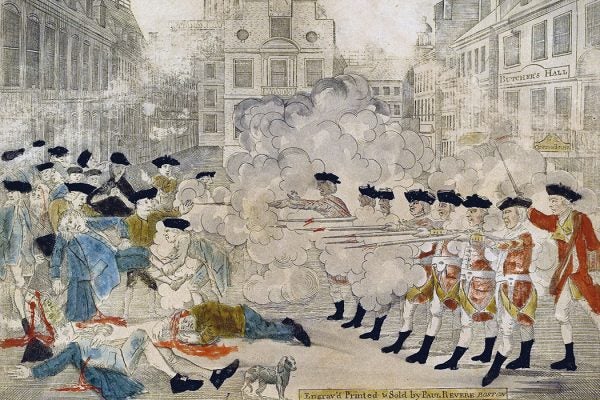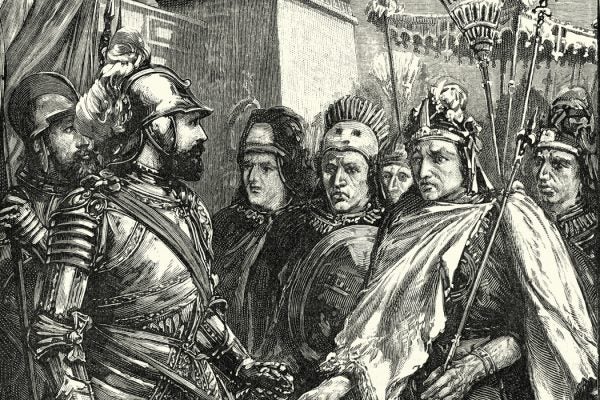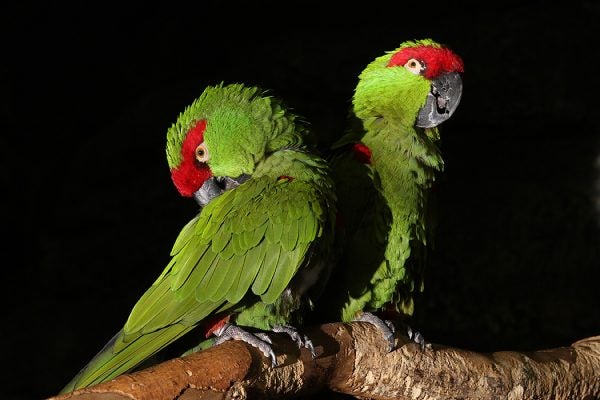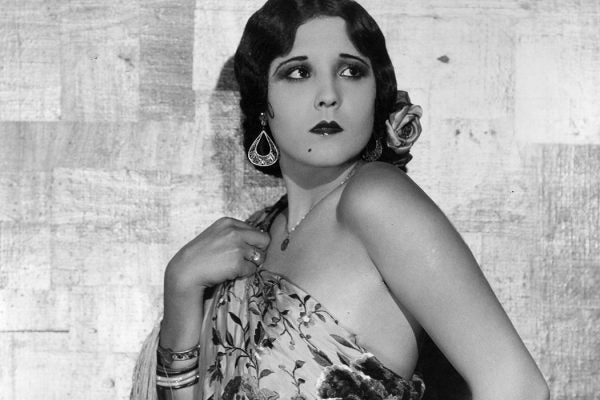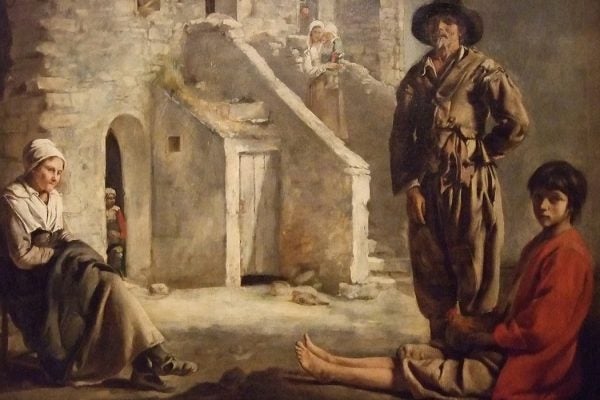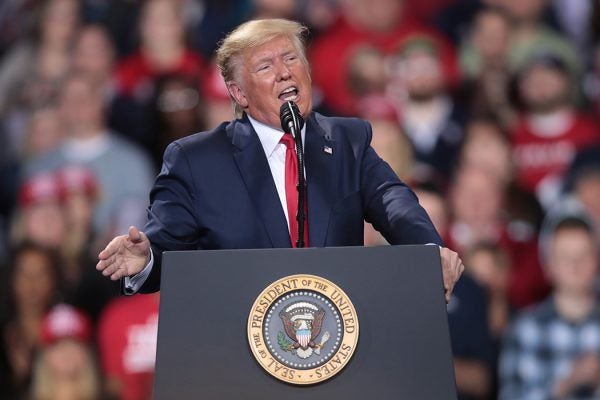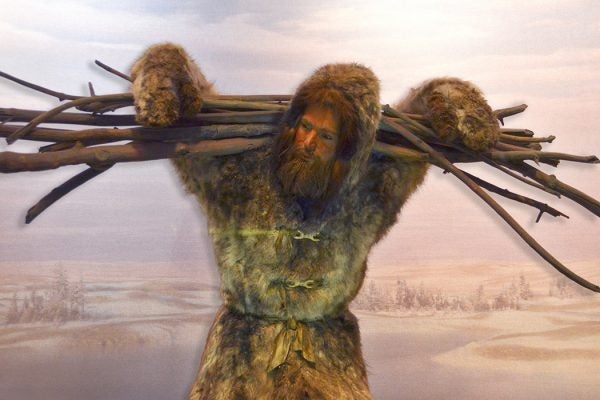How Emily Dickinson Wrestled with Darwinism
The current vogue for the Amherst poet needs to give credit to the way she readily examined her childhood ideas about fixed and immutable truth.
Are Viruses Alive? Define Life.
Scientists have different ideas about whether viruses are living beings. But they have solid advice on how to destroy them: wash up.
Would Formerly Incarcerated People Vote Democratic?
Conventional wisdom says that Republicans don't want to give ex-felons voting rights because they'll end up voting for Democrats. But is this true?
New Jersey Let (Some) Women Vote from 1776 to 1807
Historians Judith Apter Klinghoffer and Lois Elkis argue that this wasn't oversight. New Jersey legislators knew exactly what they were doing.
How Do We Know That Epic Poems Were Recited from Memory?
Scholars once doubted that pre-literate peoples could ever have composed and recited poems as long as the Odyssey. Milman Parry changed that.
Were George Washington’s Teeth Taken from Enslaved People?
We know a surprising amount about the dental history of the nation’s first president.
Are Galls Miracle Cures or Just Weird Growths on Plants?
For millennia, humans have exploited galls for medicine, fuel, food, tanning, and dyeing. Some people have considered them miraculous.
How Judi Bari Tried to Unite Loggers and Environmentalists
The radical environmentalist had a background in labor organizing and wanted to end the misogyny of the movement and the logging industry alike.
Black Mexico and the War of Independence
The president of Mexico who finally issued the decree ending slavery was of African descent himself.
How 1920s Catholic Students Fought the Ku Klux Klan
There are few traces today of college students' resistance to anti-Catholic threats, but the ones that remain are powerful.
The Myth of the Noble Racehorse
Despite all the whips and spurs involved, nineteenth-century Americans believed racehorses loved a little manly competition.
White Hollywood’s Romance with the N-Word
It would have been easy for censors to just ban the racist epithet during the classical era of film. Here's why it didn't happen.
The Jim Crow Army in the Philippine-American War
Some African American soldiers of the conflict thought fighting against fellow people of color was unjust.
The 1876 Map of the World’s Ecozones That Still Holds Up
The 19th-century naturalist Alfred Russel Wallace created a visualization that tied different species to specific regions of the world.
The Law and Coronavirus
Can environmental law help contain viruses that spill over from animal to human populations?
Just How Unrepresentative Are the Iowa Caucuses?
There's no denying the whiteness of the state. But scholars cite other qualities that make Iowa more like the rest of the country.
Bulldozers Versus Biodiversity, Then and Now
Trump's border wall threatens habitats in Arizona's Sonoran Desert. What happened when the area was bulldozed in the 1950s?
Crispus Attucks Needs No Introduction. Or Does He?
The African American Patriot, who died in the Boston Massacre, was erased from visual history. Black abolitionists revived his memory.
The Mexica Didn’t Believe the Conquistadors Were Gods
The indigenous Mexica (Aztec) people were overwhelmed by a superior technological force ruthlessly used against them.
The Thick-Billed Parrot Is Not Extinct–Not Yet
But one hasn't been seen in the U.S. since 1995, not long after the end of the last reintroduction program.
La Pelona: The Hispanic-American Flapper
Flapperismo was no more appreciated by Hispanic guardians of traditional femininity than it was by Anglo-American ones.
The Dinosaur Bone Wars
1877 was a banner year for American dinosaurs: three major finds in the West turned the region into a "paleontologist's El Dorado."
Quiet Struggle Means Resistance without Protest
A lone resister is easy to take down, but there is safety in numbers, in conspiracies of silence, in refusals to testify against one's neighbors.
What Does It Take to Survive Impeachment?
A look at impeachment proceedings in foreign nations sheds light on when a sitting president is likely to remain in office.
Sewing Saved Us from a “Cold Snap” 13 Thousand Years Ago
Sewing a full winter outfit from animal hides took 105 hours. And we needed lots of them to survive the Younger Dryas Cold Event.



